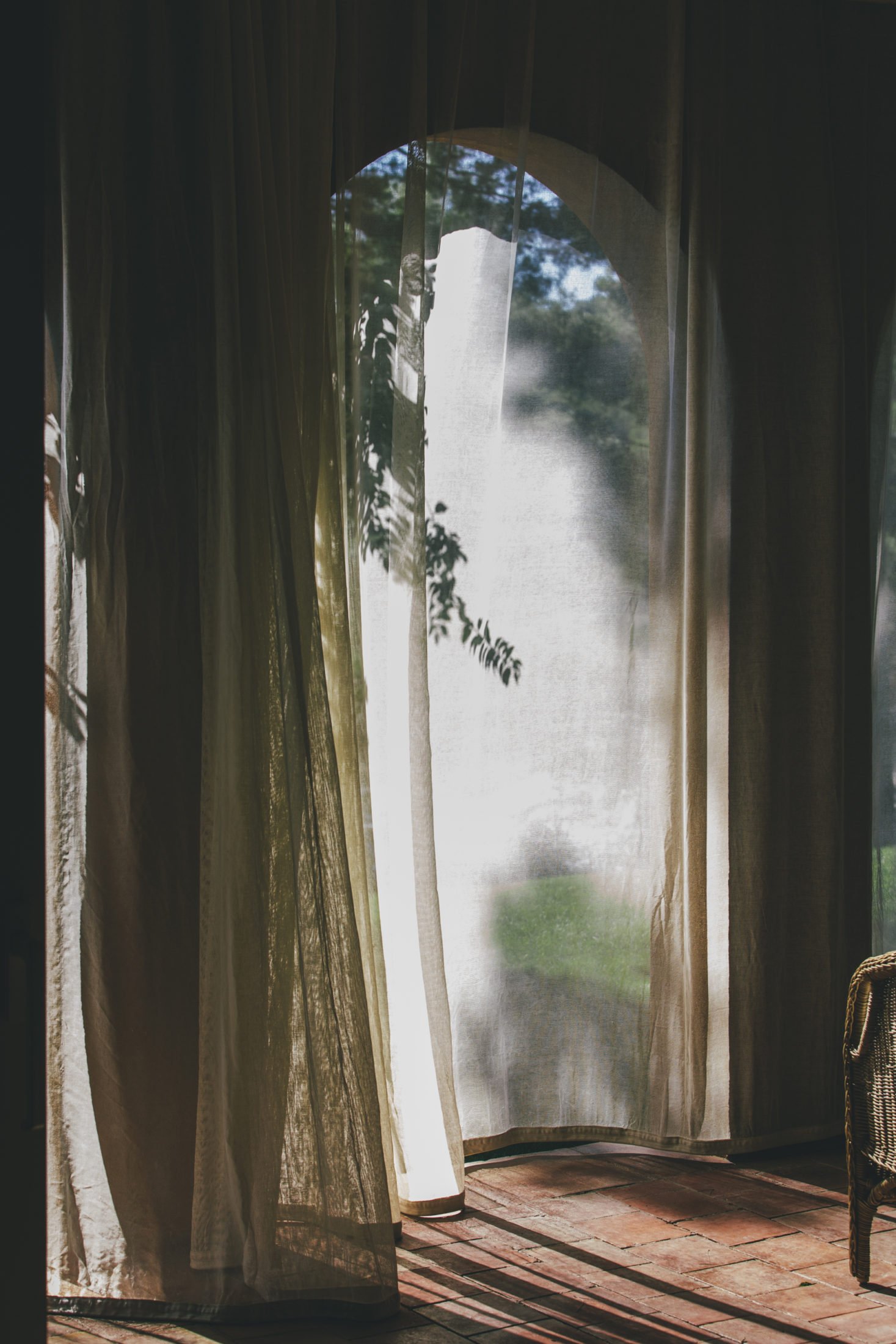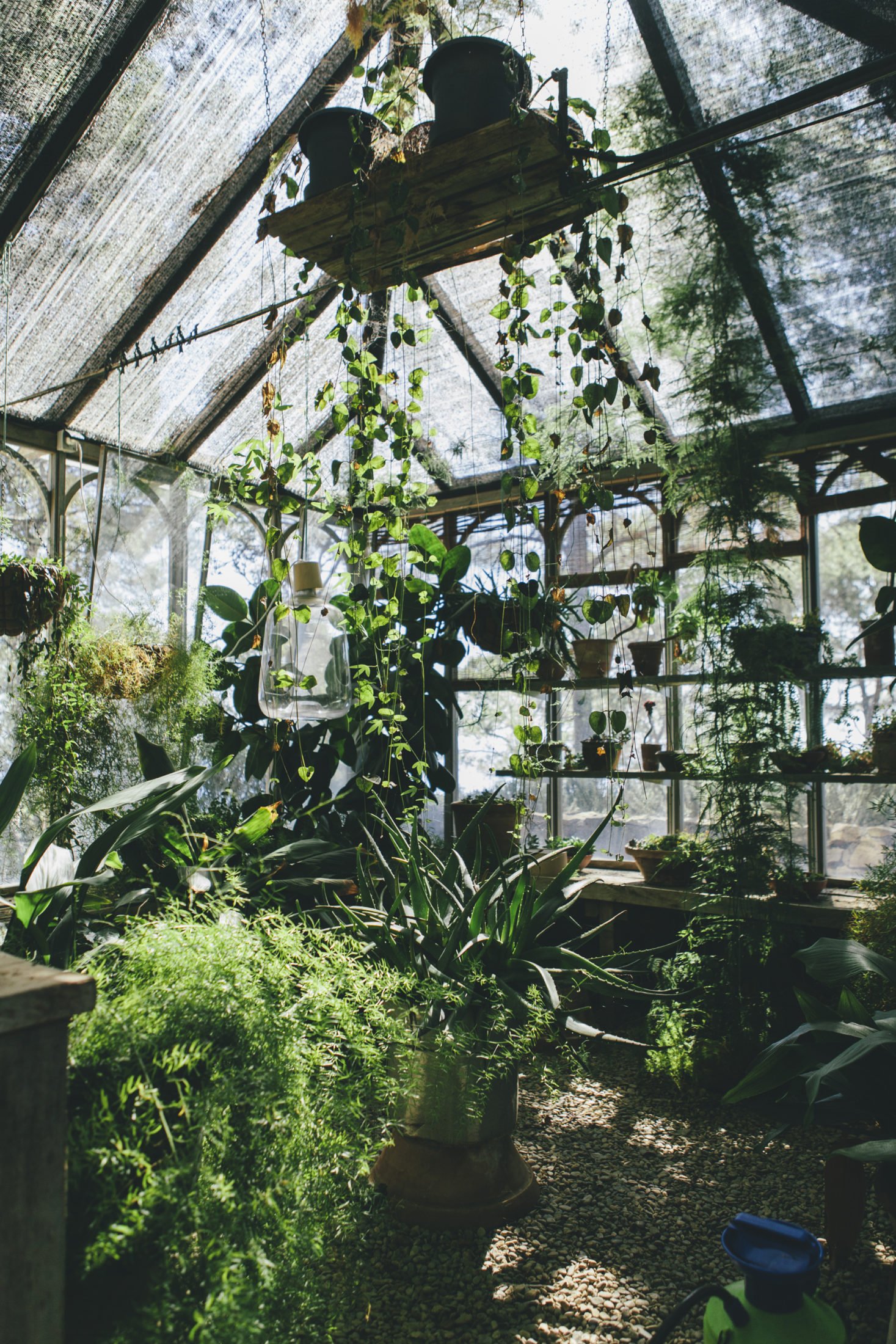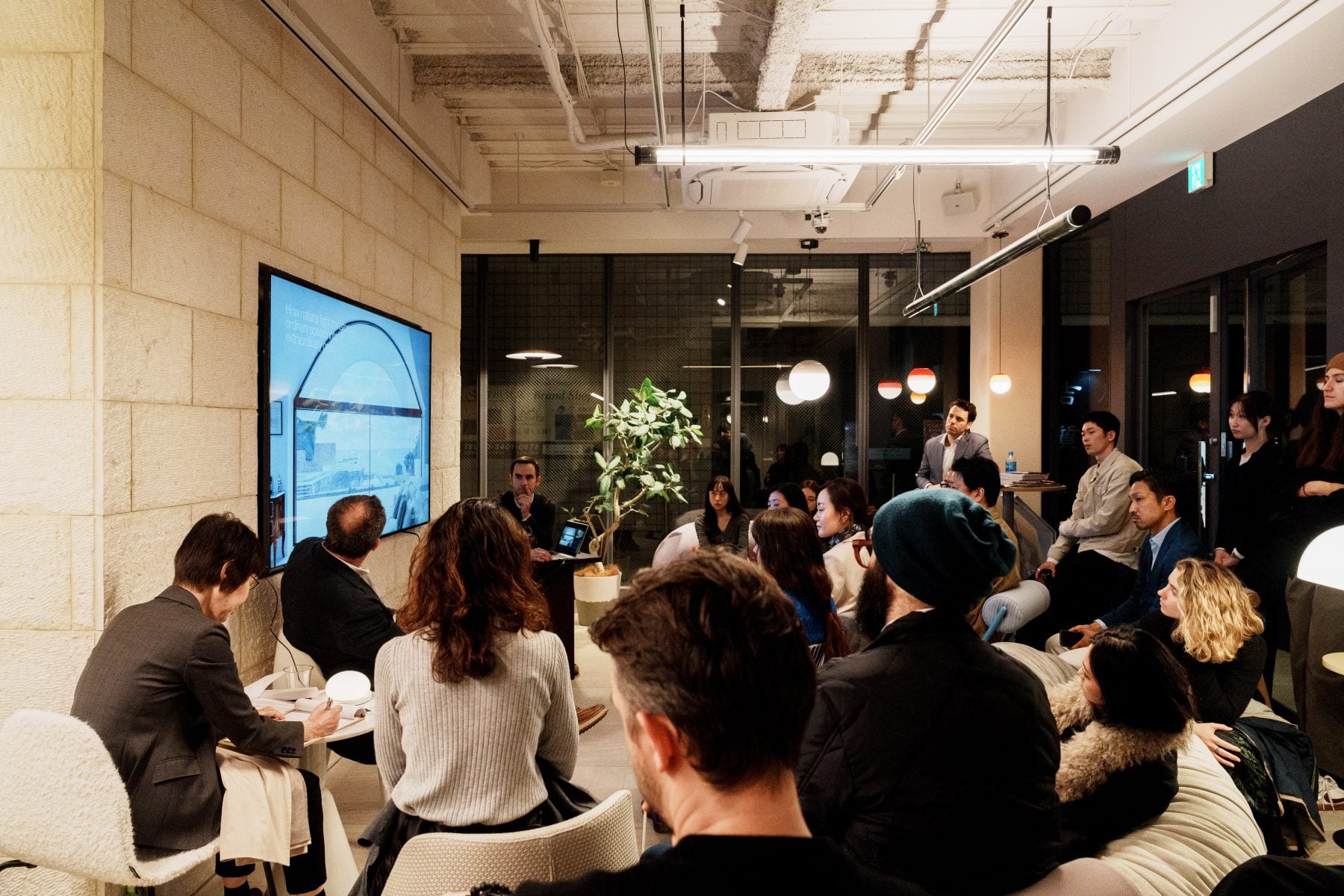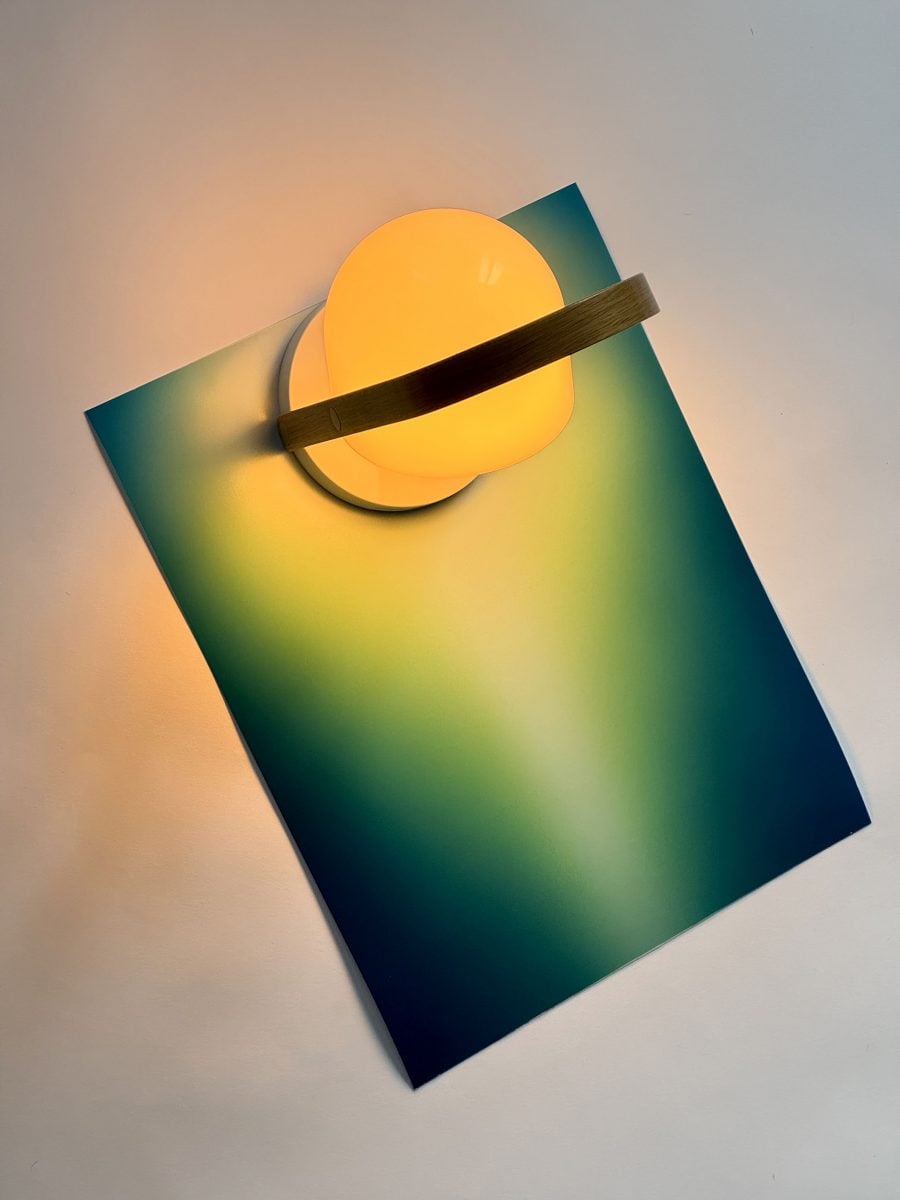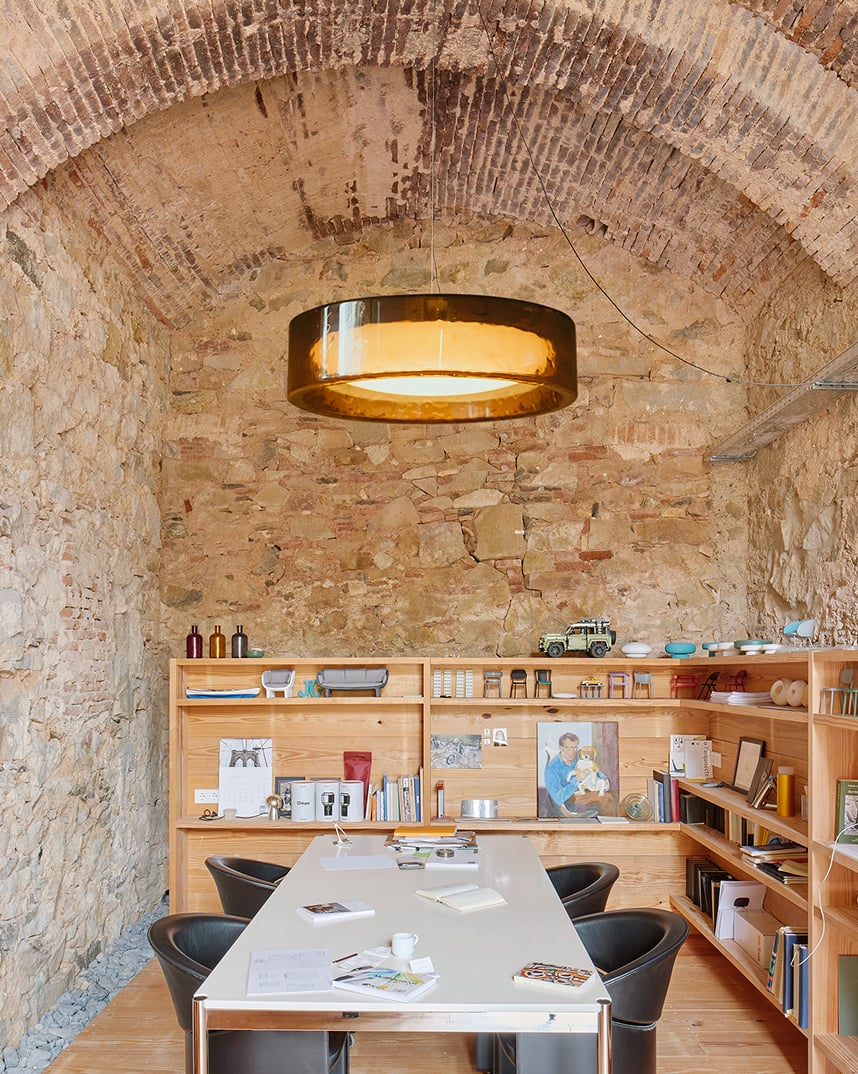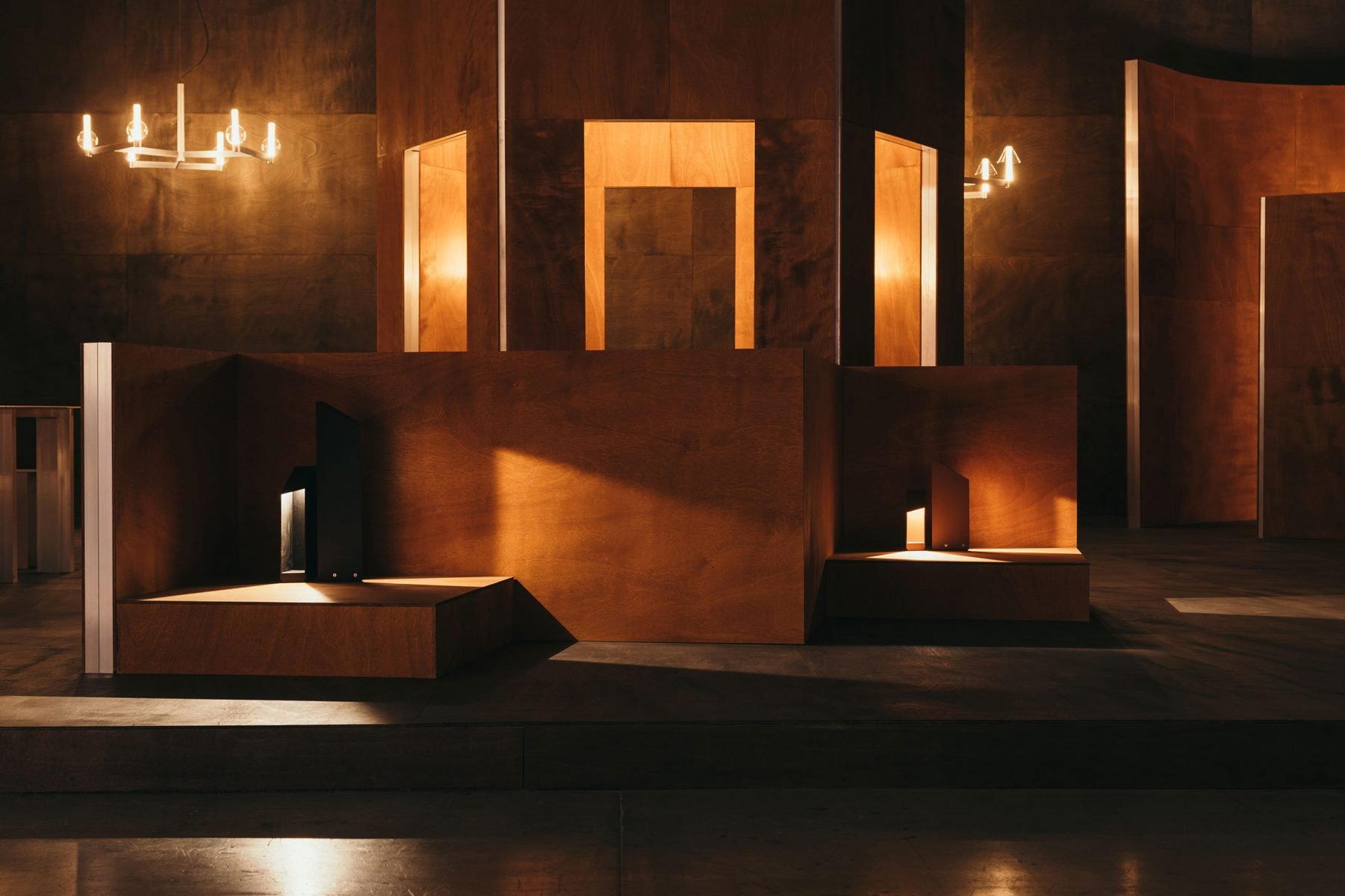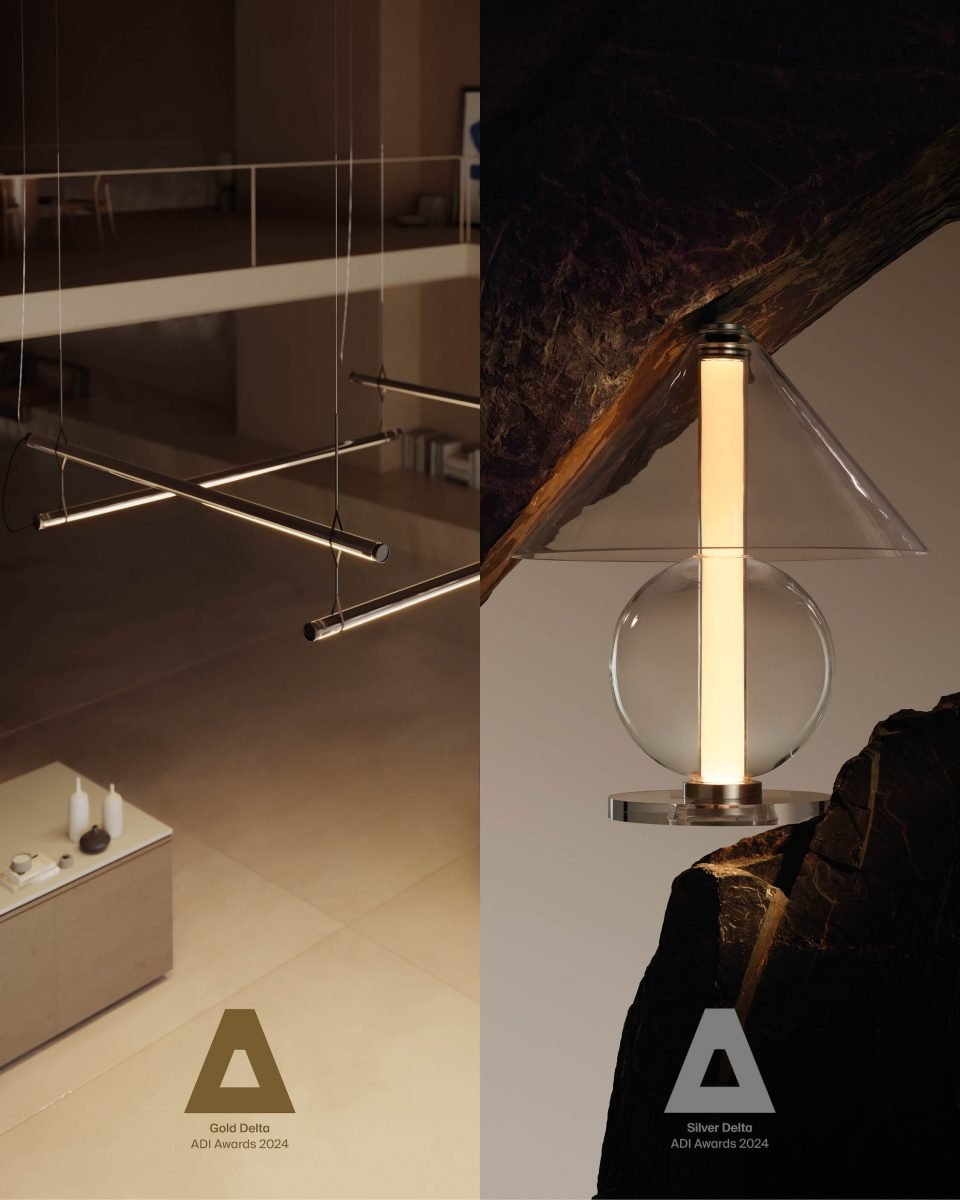Reflections on light – Maria Reig – part one
What I ask of a lamp is that it does not invades your personal space
The sensitivity towards lighting grows as you observe it. This is what happened to Maria Reig, who for years has been fascinated with the effects of light found in natural settings, and with how to illuminate the spaces we inhabit. With a degree in law and the fine arts from the University of Barcelona, she is the heir to a large family inheritance which she manages through Reig Capital Group. This businesswoman and politician from Andorra has also participated very actively in the cultural and business life of Barcelona in the past decade. Lighting takes a prime place in both her private residences and in her hotel properties. Her reflection on the nuances of light and shade offers a perspective beyond strictly design.
-What is light?
– There is not just a single kind of light. There are as many kinds as the ability to cast shadows. Shadows are what confer colour, atmosphere and warmth in a space. With lamps, I often notice that I never quite find the one that can create the atmosphere I want. I want a lamp to have so many features, not just to be a source of light, but also to regulate intensity, use light bulbs with different tones… I think that there is one aspect that we often forget: the ability to cast shadows around us. There is no relief without shadows.
–Should artificial light imitate natural light?
-No, and most importantly because it can’t. Natural light changes every minute. It depends on the colour of the nature around it; it is different in the desert than in the forests of northern Europe. In the forest it is more metallic than the southern light, which is more yellowish. What I think is that artificial light should be able to adapt to any atmosphere you want to create. There is a plethora of lamps on the market, thousands of them, but to me they all have one flaw: they focus on giving off light instead of the ability to create moods and cast shadows, not only one but several layers of shadows.
-Does the perfect lamp exist?
– I think it does. It would have to create a scene that is a mixture of a hotel lobby and a velvety “velouté” atmosphere with the capacity for seduction. Lamps cannot be static; they have to be dynamic; they have to capture the colours around them and project them. Thus the importance of the place where you put the lamp and how you accentuate that colour that you want to highlight.
If I had to commission the perfect lamp it would not be about light, it would be about casting shadows. If I could find a lamp that used a dimmer to amp up or dim the shadows, it would be the perfect lamp. These shadows would not have to re-create nature; they would have to re-create angles of light or layers of shadows. It could totally be done.
-How do you light up your house? What factors do you bear in mind?
– To me it’s like creating a painting. To light up a room, I think about where I would put the brushstrokes of light. I might decide to light up a bit of curtain in order to spotlight the colour I like. I keep changing it throughout the year, in the different seasons, moving the light a bit closer to or further from objects and fabrics.
–Tell us about the dilemma between form and function…
– Today there are two obsessions. The light source should be as white and powerful as possible to cast light. People want light, light, light. There is too much light everywhere. Light is confused with comfort and ends up being invasive. If you are incapable of controlling the light source with filters or projections of shadows, it becomes unbearable. I always say that there are houses which look like airport lobbies. Houses have to be more intimate. The points of light have to be in the place they are needed. If you are going to sew or read, then you need the point of light where you are doing the activity, not everywhere.
The second obsession is with design. Today you can do anything with LEDs, which are tiny, or with the sheer number of light bulbs available. LEDs have brought a new dimension to lighting. It is a cool source of light that can get very close to the person without bothering them. They don’t heat up the air around them.
They say that design should be functional and that the object should be beautiful. But what I ask of a lamp is primarily that it not invade either you or your environs.
